The sword is one of the most instantly recognisable weapons in history. From the mounted Carolingian knight, to the Viking warlord, to the swaggering German burgher, a sword is a symbol of martial prowess, and its steel is forged with layers of cultural significance: honour, purity, restraint and justice. Of course, the wielders of these weapons often fell far short of these lofty aims – all to frequently, the sword was a tool of mindless violence, of oppression, and of elite rule.
Our brief history of the sword will take in a sweep of the development of the sword in Medieval Europe: from the Late Roman cavalry spatha, via the knightly arming sword, all the way through to Late Medieval sidesword and the beginnings of the Early Modern rapier. But we shall also see an evolution in the meaning of the sword: from a weapon that represented great wealth and power, to a potent symbol of masculinity that traded upon its bygone mystique.
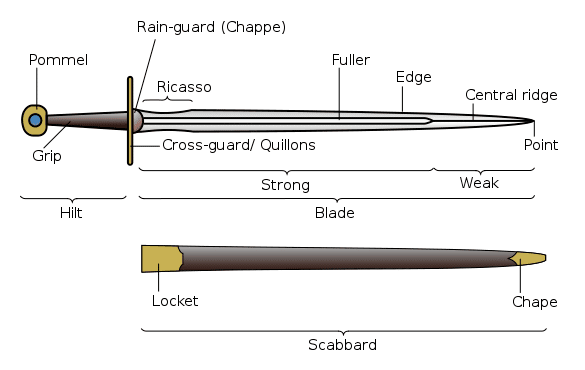
Grandfather of Swords: The Late Roman Spatha
The immediate ancestor of the Medieval sword was the Late Roman spatha. After the chaotic 3rd century CE, marred by internal political struggles and a dizzying succession of Emperors, the Roman Army was more and more reliant upon non-Roman federated peoples for its recruits. This meant that Roman military tactics moved away from heavily armored legionaries, and closer toward the light infantry and light cavalry of their ‘barbarian’ neighbours. Thus, a longer sword, much better for fighting on horseback, began to eclipse the iconic legionary gladius (shortsword).
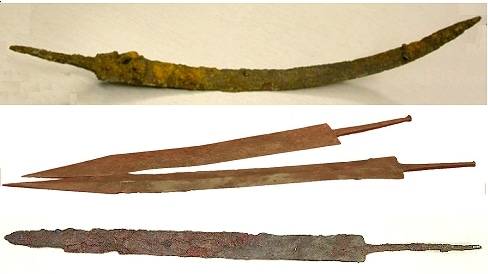
This long-sword, called the spatha (meaning literally, ‘spade’), was a straight-edged sword, with a rounded tip, and a simple turned handgrip. Its blade was usually about three feet in length, with a lenticular cross-section and a wide, shallow fuller. This meant it was an extremely effective cutting weapon, but was probably too flexible to be much use in the thrust. The Roman military deployed its federated armies all over the crumbling Empire, meaning that the spatha design spread all over Europe, and its descendent swords appear all across Europe from the 6th century onwards.
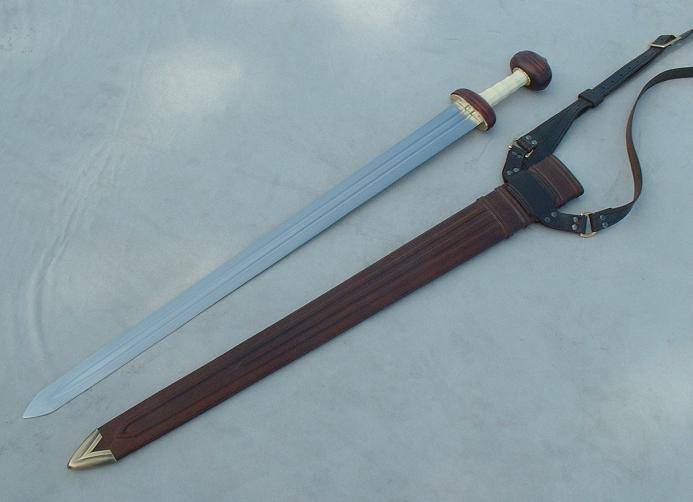
The First Knightly Blade: The Carolingian Sword
The Franks, a federated Romanized people who lived along the lower Rhine River in modern Germany, were one of the peoples who adopted the spatha, mixing it with their own designs. After the Western Roman Empire disintegrated in the 5th century, the Franks were one of the most successful Roman successor kingdoms. Their King Charlemagne (r. 768 – 814 CE) engaged in a spectacular series of conquests against the Frank’s neighbours – the Saxons in Eastern Germany, the Lombards in Northern Italy, and the Muslims in Northern Spain. Charlemagne eventually declared himself Imperator in 800 CE, in an attempt to reclaim the universal legitimacy of the Roman Emperors.
A significant factor in Charlemagne’s success was the superior equipment of his army, the cream of which were heavy cavalry knight, armed with chainmail brunia, barded horses – and what has become known as the Carolingian sword. These blades were made by the smiths of the Upper Rhine, where fertile lands, good quality iron ore and running water resulted in the best quality weaponry in Early Medieval Europe. The Carolingian sword represents a significant advance on the Roman spatha – rather than simple straight blades, the Rhenish smiths invented the distal taper, where the blade narrows in cross-section from hilt to point, resulting in a faster, lighter and better-balanced blade. Early examples were made by pattern-welding, where the smiths would weld together multiple iron bars of indeterminate quality, folding them over and over to make better homogenized steel. This technique reveals intricate swirling patterns in the finished blades, which must have been highly sought-after in their day. As steel production techniques advanced, these smiths experimented first with hard-steel edges welded onto a pattern-welded iron core, and then finally with all-steel blade constructions.

But these legendary weapons were not just wielded by Carolingian knights. As their reputation spread, they became highly desirable status symbols. The Frankish law rolls record numerous attempts to restricts the arms trade in order to maintain their technological advantage, banning the sale of Frankish arms and armor to foreigners. In Scandinavia, local iron resources were very poor – only low-grade mineral ore could be found in a handful of places, so most everyday iron had to be scavenged from poor-quality marsh deposits. Thus, Carolingian blades were strongly sought-after, and Viking warlords would acquire them by any means they could: through illicit trading, through raids and through ransoming unfortunate nobles. These Carolingian blades were then fitted with fine hilts of ivory, enamel and gold by skilled Scandinavian artisans. It is a strange irony of history that the iconic ‘Viking’ sword is not Viking at all!
A Chivalric Blade: The Norman Arming Sword
Towards the end of the 10th century, Continental feudal states began developing a chivalric culture. This doesn’t mean that everyone suddenly began putting their coats over puddles for ladies. ‘Chivalry’ is derived from ‘cheval’, the French word for ‘horse’. Chivalric culture was the elevation of horsemanship and martial prowess above everything else. Young noblemen were encouraged by their lords to neglect education, etiquette, and all other Christian moralities to pursue the profession of armed violence. This created a large class of highly effective knights: minor nobles who took military vows to defend the weak and so forth, and who were very useful at expanding and defending the lords’ territory. But by nature, these men were also incredibly violent. If they weren’t away fighting their lord’s enemies, they would inevitably cause trouble: fighting disputes against one another, robbing and brutalising the peasantry, and causing serious political destabilisation. Nowhere was this more pronounced than the bloody Dutchy of Normandy in Northern France – its history is a near-constant litany of assassinations and civil wars.. And the chosen weapon of the Norman knights was the chivalric arming sword.
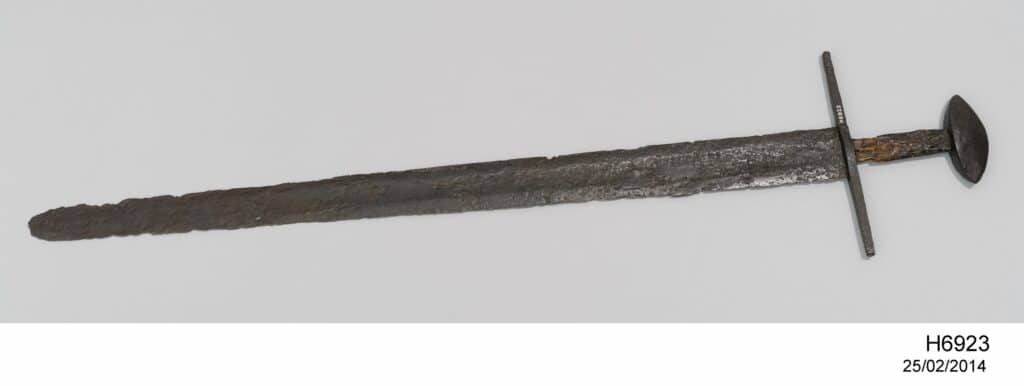
The Normans (literally, ‘north-men’) were descendants of Viking raiders who had made the region their home in the 10th century, agreeing to stop raiding the French kingdom, in return for a big slice of it. Chivalric culture took off in Normandy like nowhere else – melding the ancestral ferocity of the Vikings with their newfound talent for horsemanship. Their swords display this dual heritage. They are clearly descended from the Carolingian sword, particularly in the shape of the hand guard, which gradually lengthens from a Viking-style square bar, into the shape of a slender cross by the early 11th century. The blade also begins to take on a more familiar shape: from the Carolingian sword’s parallel edges, the arming sword tapers to a sharper point, becoming a dual-purpose sword for both cutting and thrusting. This reflects the continual improvement in armor. Where Carolingian knights were mostly facing unarmored foes dressed in little more than thick clothing, the Normans were fighting each other: armored knights, wearing chainmail and wielding large shields. Thus, a sword that could only cut was inadequate: it had to be able to split chainmail in the thrust too.
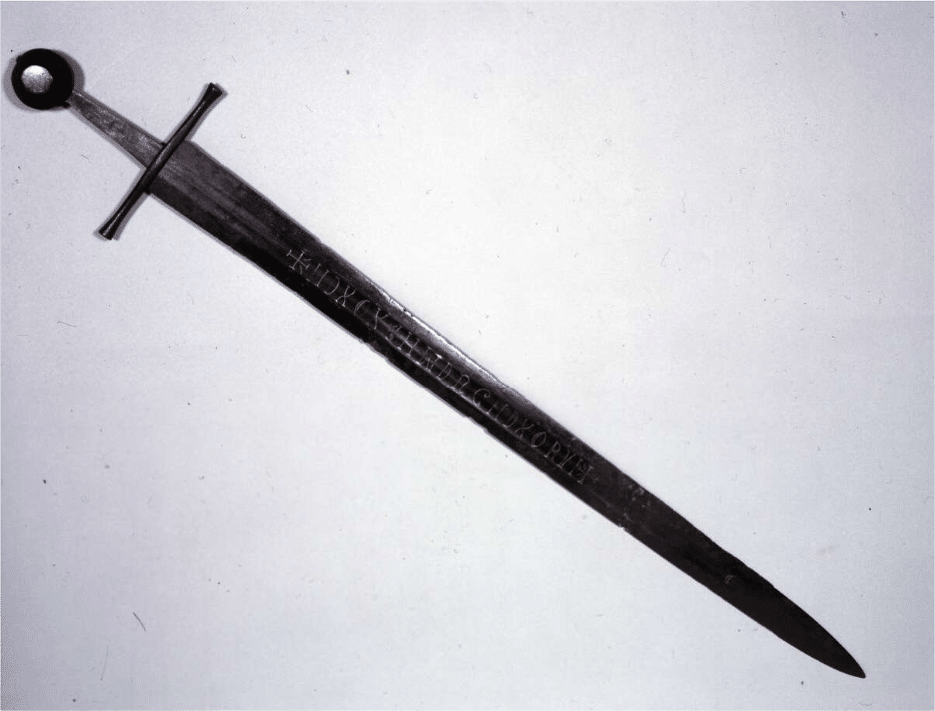
This weapon was another huge step forward in military technology. When William the Bastard managed to stamp his authority on the Dutchy and temporarily unite the fratricidal Normans in the invasion of England in 1066, he saw the Norman knights become an unstoppable spearhead. They lured the Anglo-Saxons out from their shield wall on the hill at Hastings, and cut them to pieces as they scrambled back to safety. Subsequently, many landless knights were richly rewarded with newly-built castles and holdings in William’s newly conquered country. It is an incredible testament to the ingenuity of the Rhenish and Norman smiths that the basic cruciform arming sword, which had fully evolved by the Norman Conquests, remained the supreme sword configuration for three centuries.
Knight-Killer: The Two-Handed Longsword
As we have seen, the sword has always existed in a literal arms-race: new developments in armor technology provoke changes to weapon design in order to circumvent, which then in turn provoke armor-makers to adapt. Another such paradigm shift took place in Europe in 14th century. High Medieval weaponry like the crossbow threatened the supremacy of chainmail as the elite armor of choice – and so armor-makers began to experiment, first with transitional armor forms like splint-mail. Soon after, armor plates were added to, and then began to replace, a knight’s traditional chainmail armor. Thus, the sword had to adapt. Cutting edges were more or less useless against armor plates, and even a traditional thrusting point was of only limited use. But plate armor itself opened up a new option for the sword: discarding the shield entirely, so that a sword could now become a two-handed knight-killer. Enter: the longsword, or greatsword.

Large, two-handed swords have appeared sporadically before the 14th century (for example, one or two large Crusader-period swords have survived), but they were extremely rare. The 14th and 15th centuries saw both the perfection of the longsword, and changes in the form of the arming sword. The fundamental shift in characteristic of the sword was the change from lenticular (lens-shaped) cross-sections to diamond-shapes. Where a lenticular cross-section created a fast, light, and flexible cutting sword, a diamond-shaped blade would be heavy and stiff – perfect for puncturing weak-points in armor. At the same time, a two-handed weapon could be much larger, magnifying the power that a knight could deliver. The supreme example of the knight-killer’s longsword is the Black Prince’s funeral sword, which hung for several centuries over the tomb of Edward of Woodstock in Canterbury Cathedral. Such a weapon could deliver huge percussive blows against plate armor, breaking limbs and bending plates out of shape, or it could be wielded in ‘half-sword’, with one hand gripping the blade partway down its length, turning it from a traditional sword into an enormous puncturing spike.

The Death of the Sword: The Coming of the Age of the Gun
It is interesting to see how the knightly sword remained a potent symbol of chivalric honour – which, as we have seen, never really existed in the first place. By the end of the Late Medieval period, the arming sword had become almost completely obsolete on the battlefield, which was now dominated by the clash of large infantry formations wielding thirty-foot-long pikes – and by the rapidly emerging gunpowder weaponry. But it nevertheless remained part of every noble’s panoply, with master makers supplying an international trade in fine weapons – most of which would never be drawn in anger.
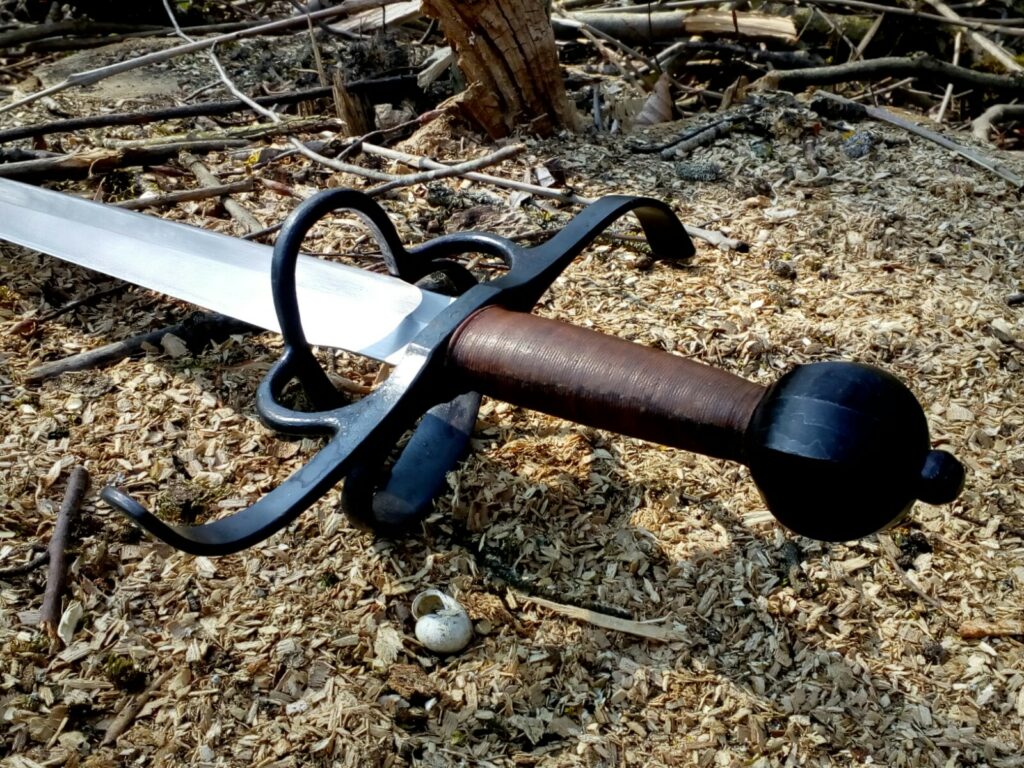
As weaponry and armor became cheaper and more readily available to the mass of the population, the sword also became a fashion item, worn by commoners in conscious aping of the noble aristocracy. Particularly in Late Medieval Germany, the longsword became a weapon worn by dashing rakes of uncertain birth, who would duel one another at the drop of a hat, taught by the profusion of sword-craft schools and printed manuals (called Fechtbuchen, literally ‘fighting books’).
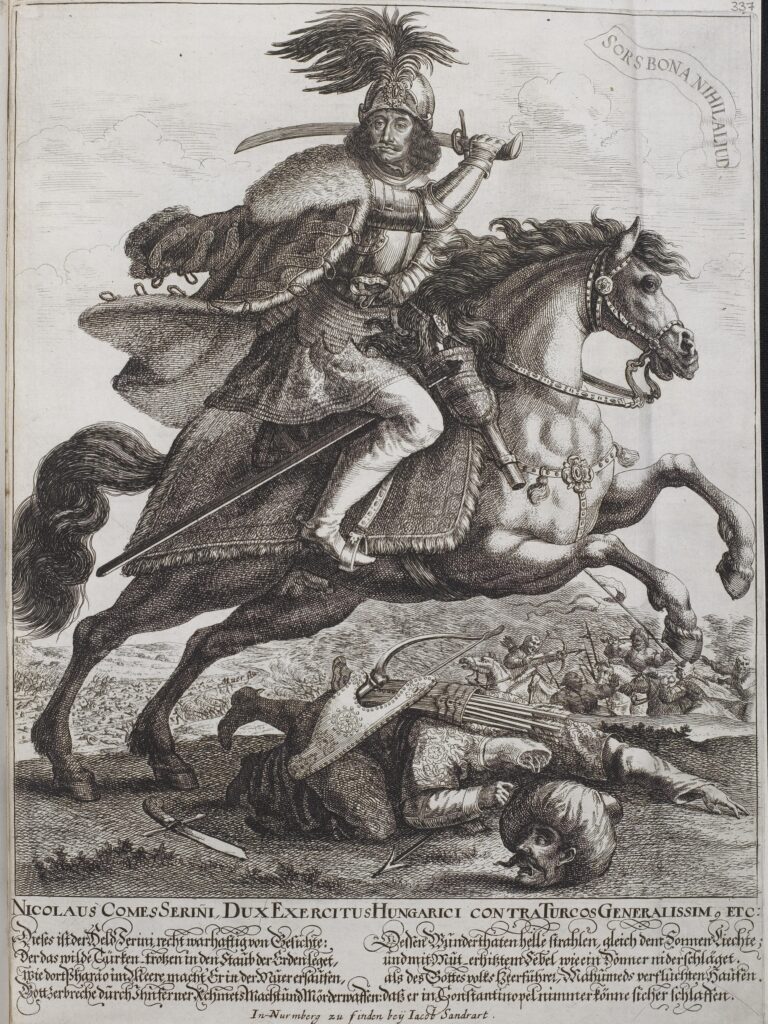
By the 17th century, the sword was more or less a battlefield irrelevance. Gunpowder weaponry had quickly outpaced the ability of armorers to create sufficient steel armor – the handful of ‘bulletproof’ armors from the period are almost disablingly heavy and crushingly expensive – and so most armies transitioned to unarmored uniformed combat within a generation. The irony is that this opened a new niche for the sword to persist as a battlefield weapon in certain specialised roles, particularly amongst the light cavalry, who underwent somewhat of a Renaissance (so to speak) in the 17th century Wars of Religion, and as a weapon of heavy shock cavalry until the early 20th century. Nevertheless, its symbology of command and masculinity remained, transitioning into an officer’s weapon – where it remains today, as a weapon worn on parade grounds as a mark of history.

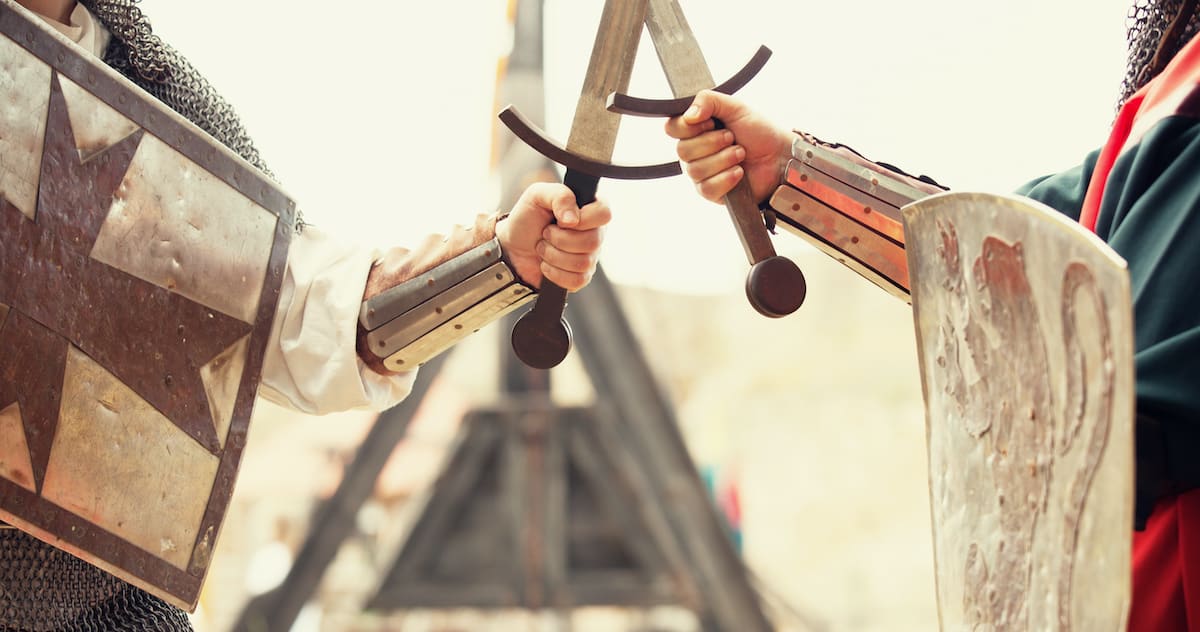 Historical Swords
Historical Swords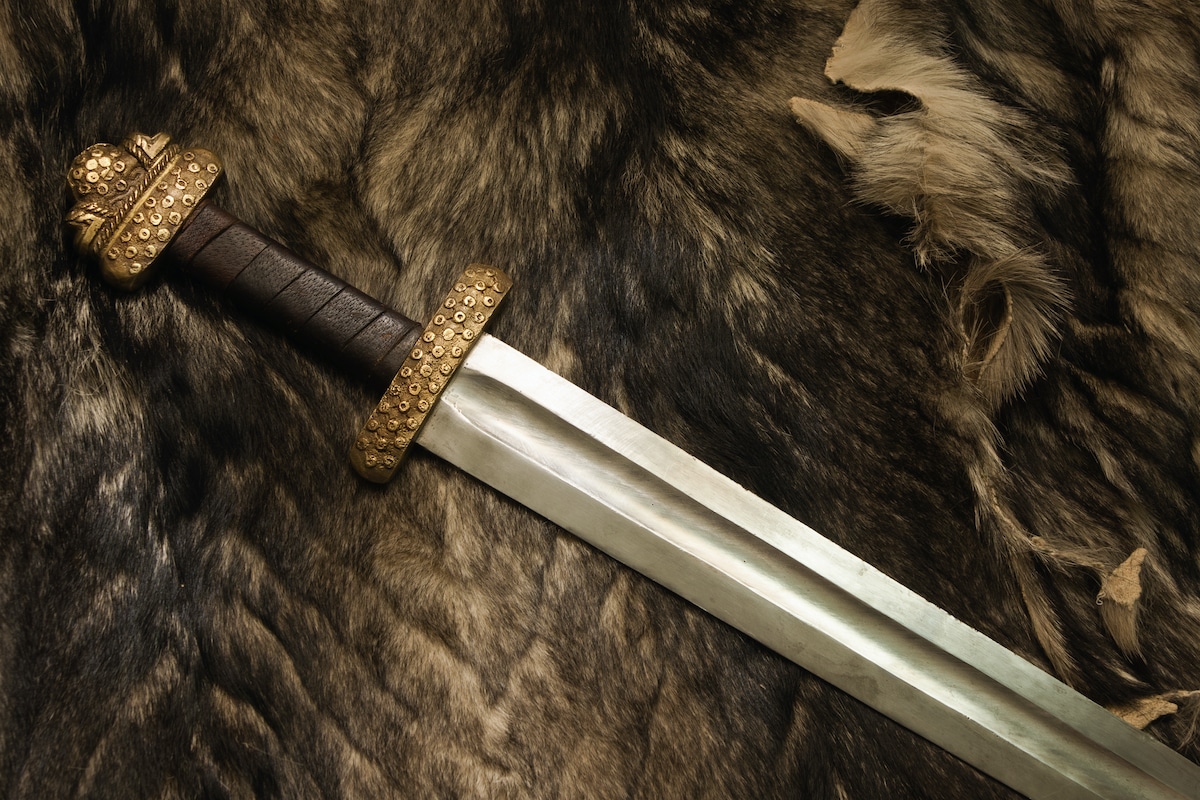 Norse & Viking Swords
Norse & Viking Swords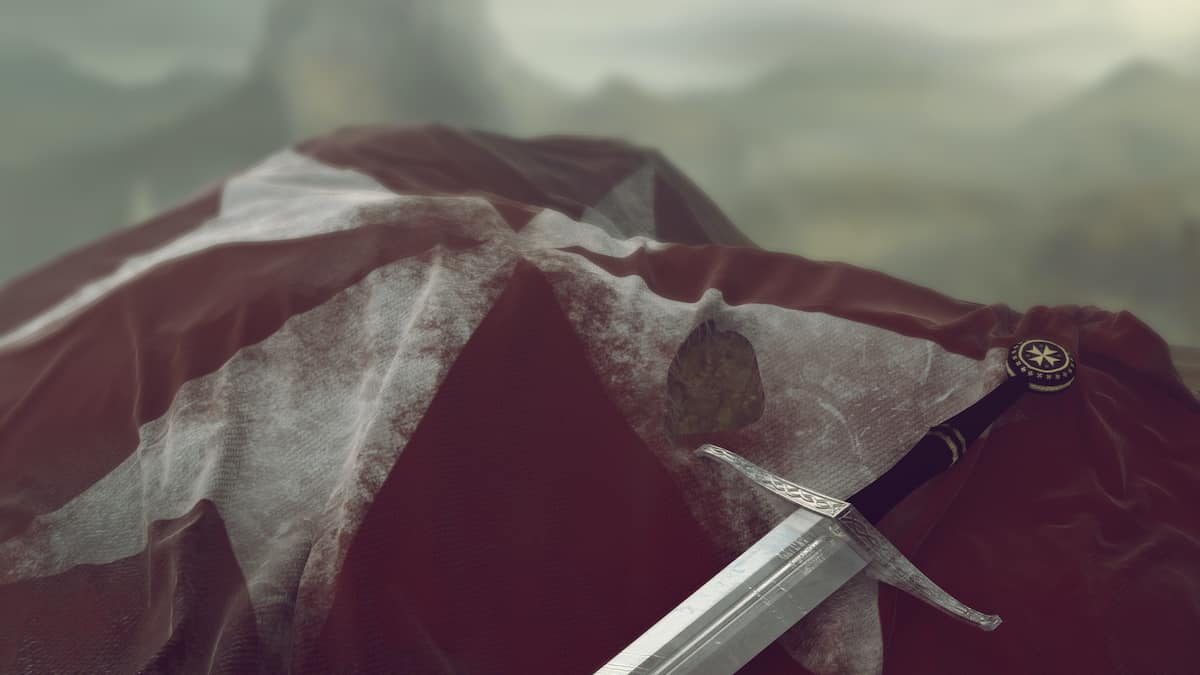 Templar Swords
Templar Swords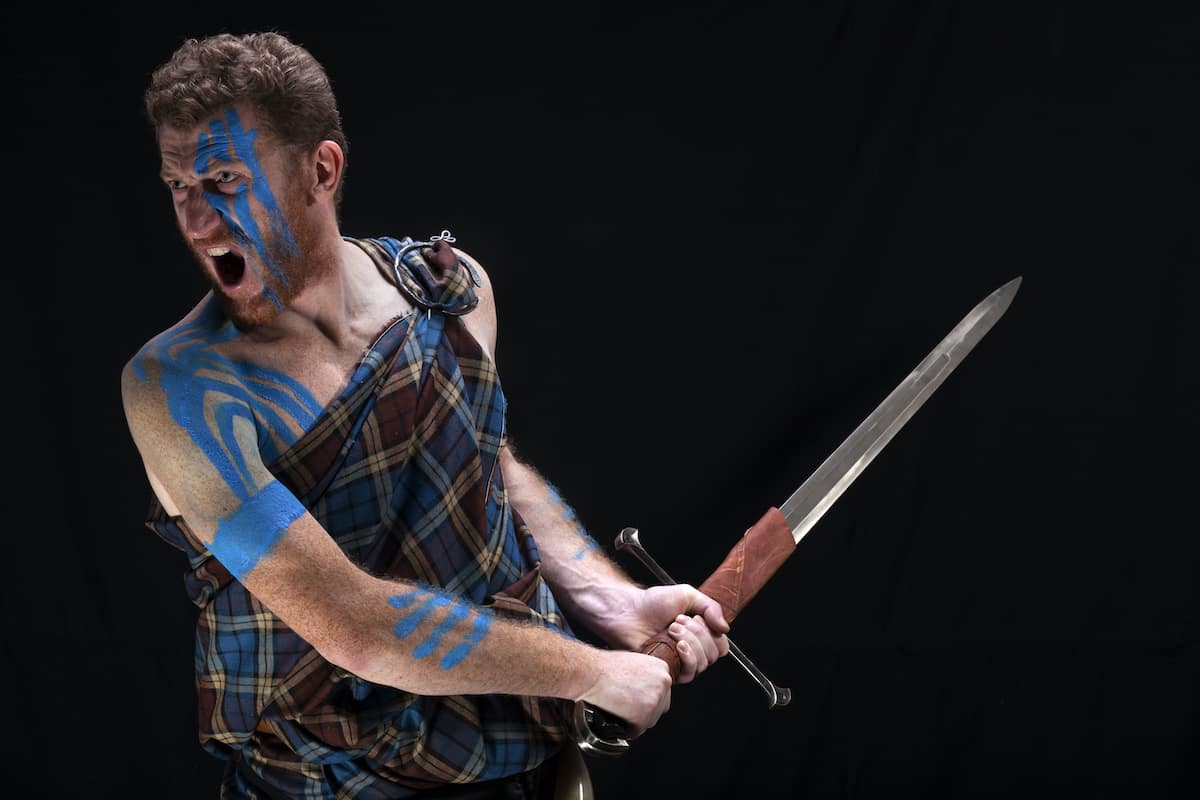 Claymore Swords
Claymore Swords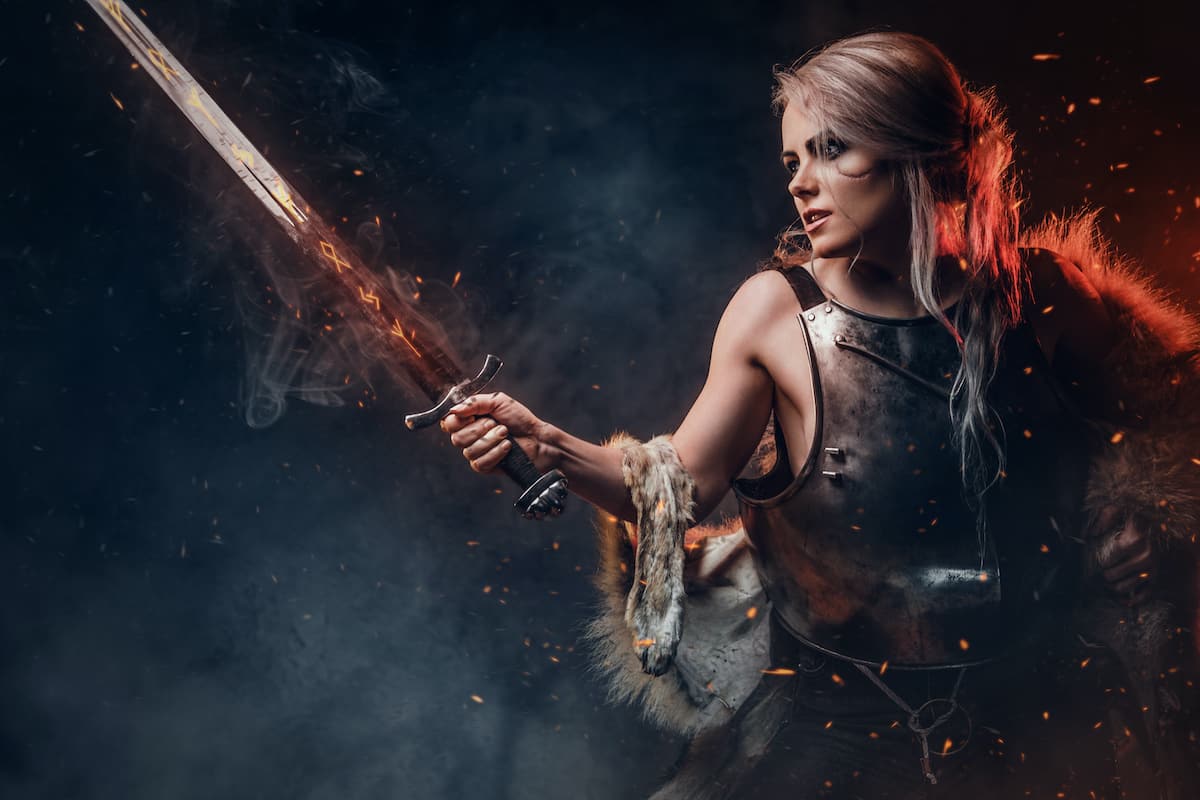 Fantasy Swords
Fantasy Swords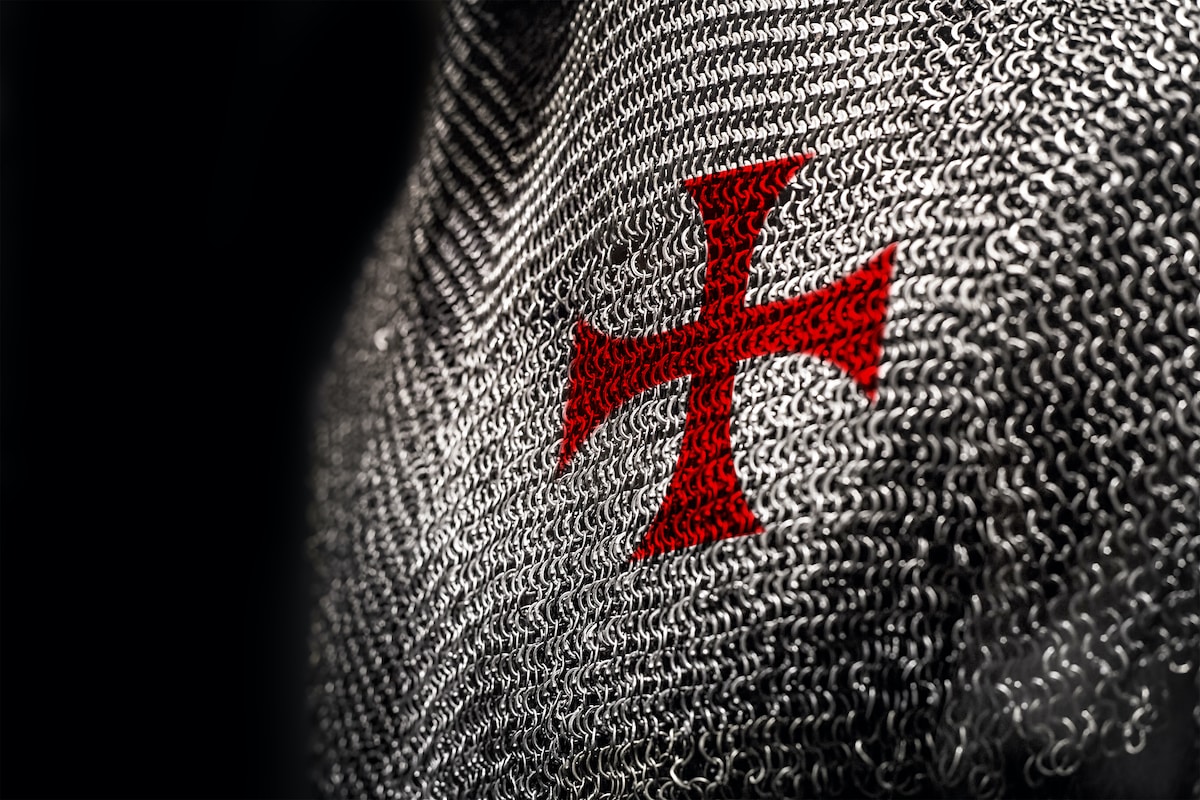 Chainmail
Chainmail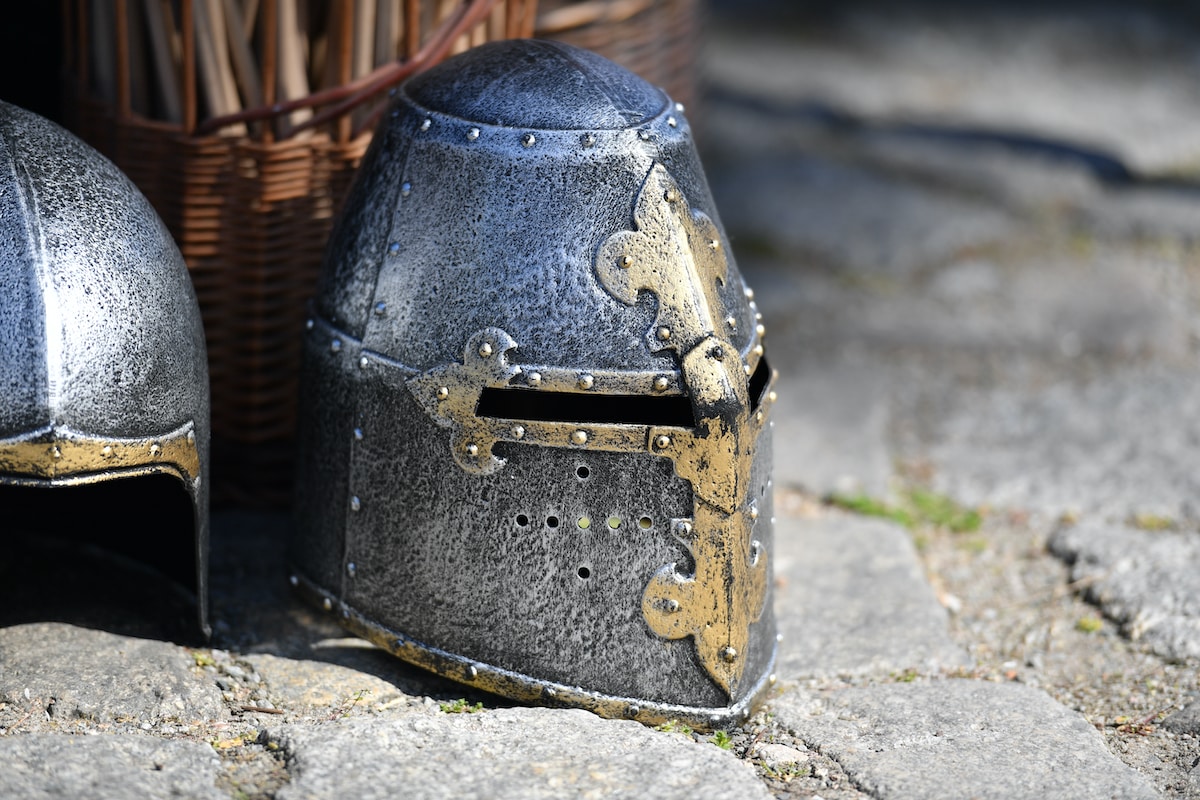 Helmets
Helmets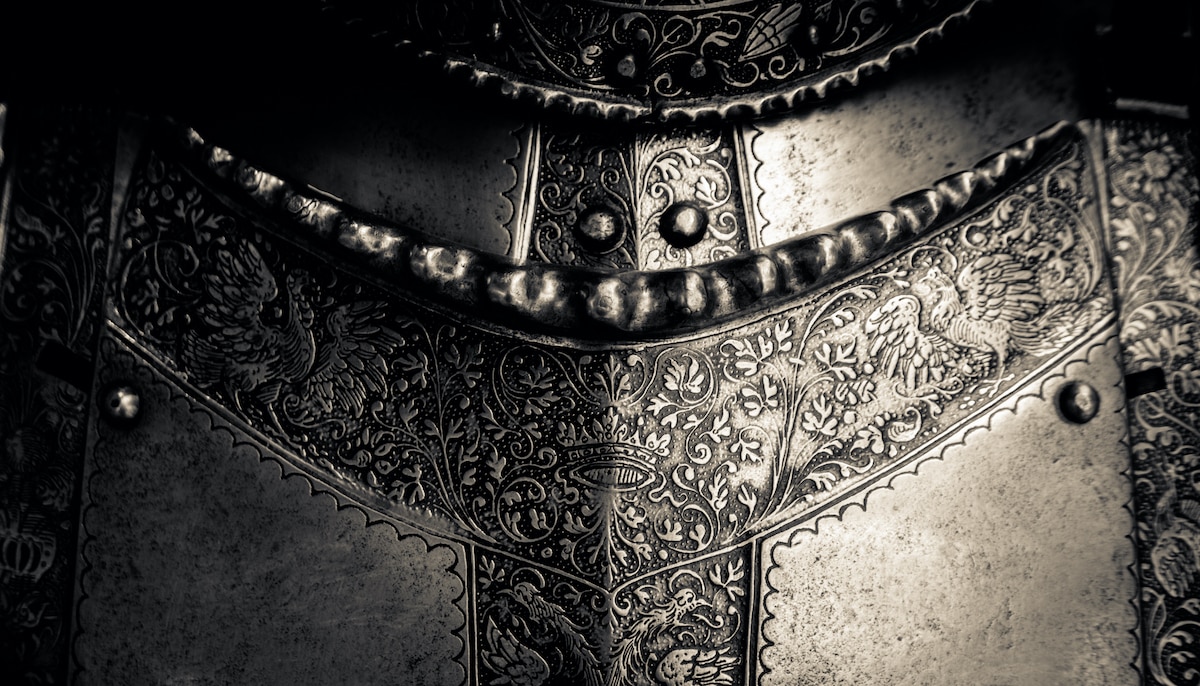 Torso Armor
Torso Armor Bracers and Arm Protection
Bracers and Arm Protection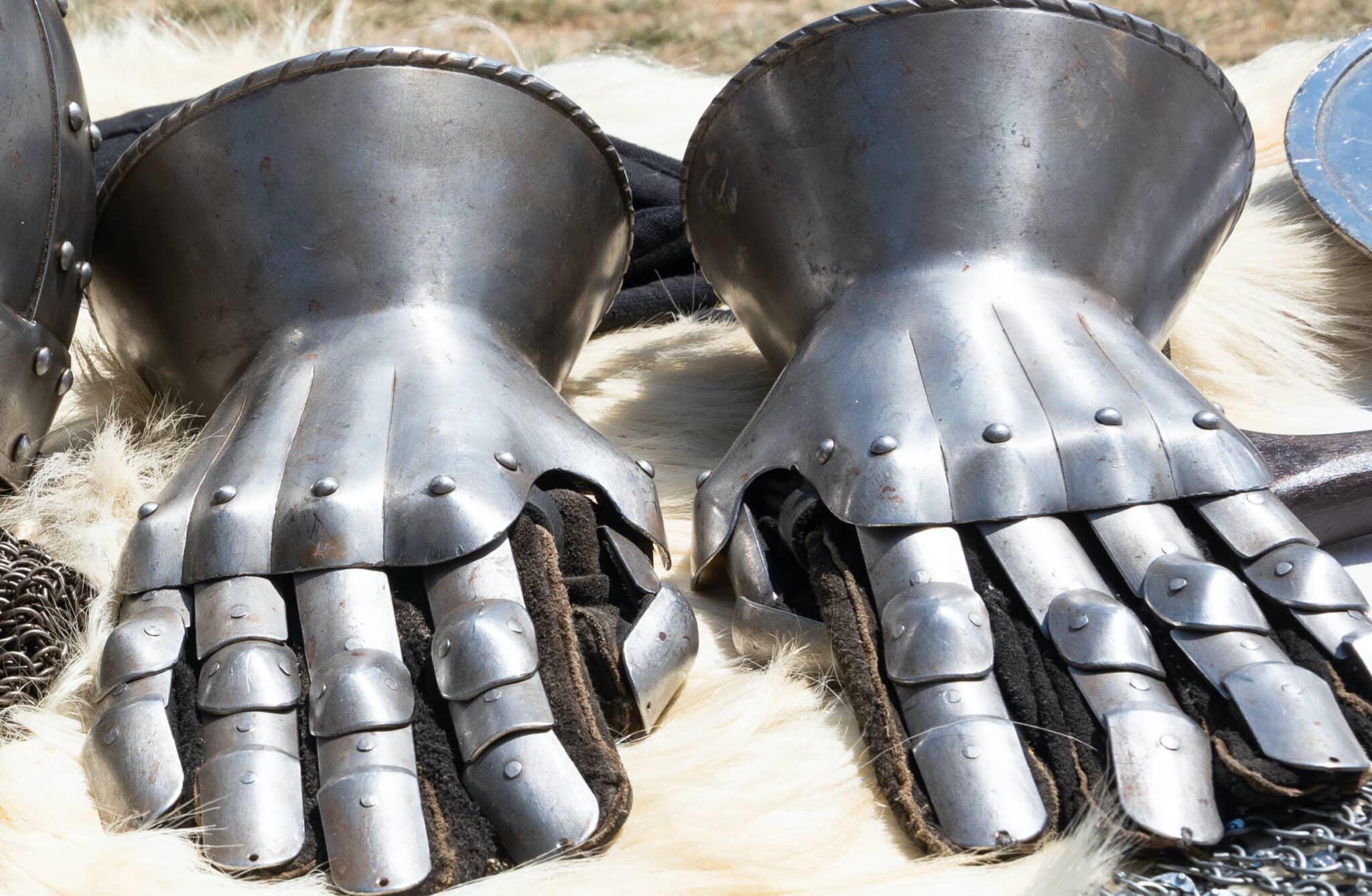 Gauntlets
Gauntlets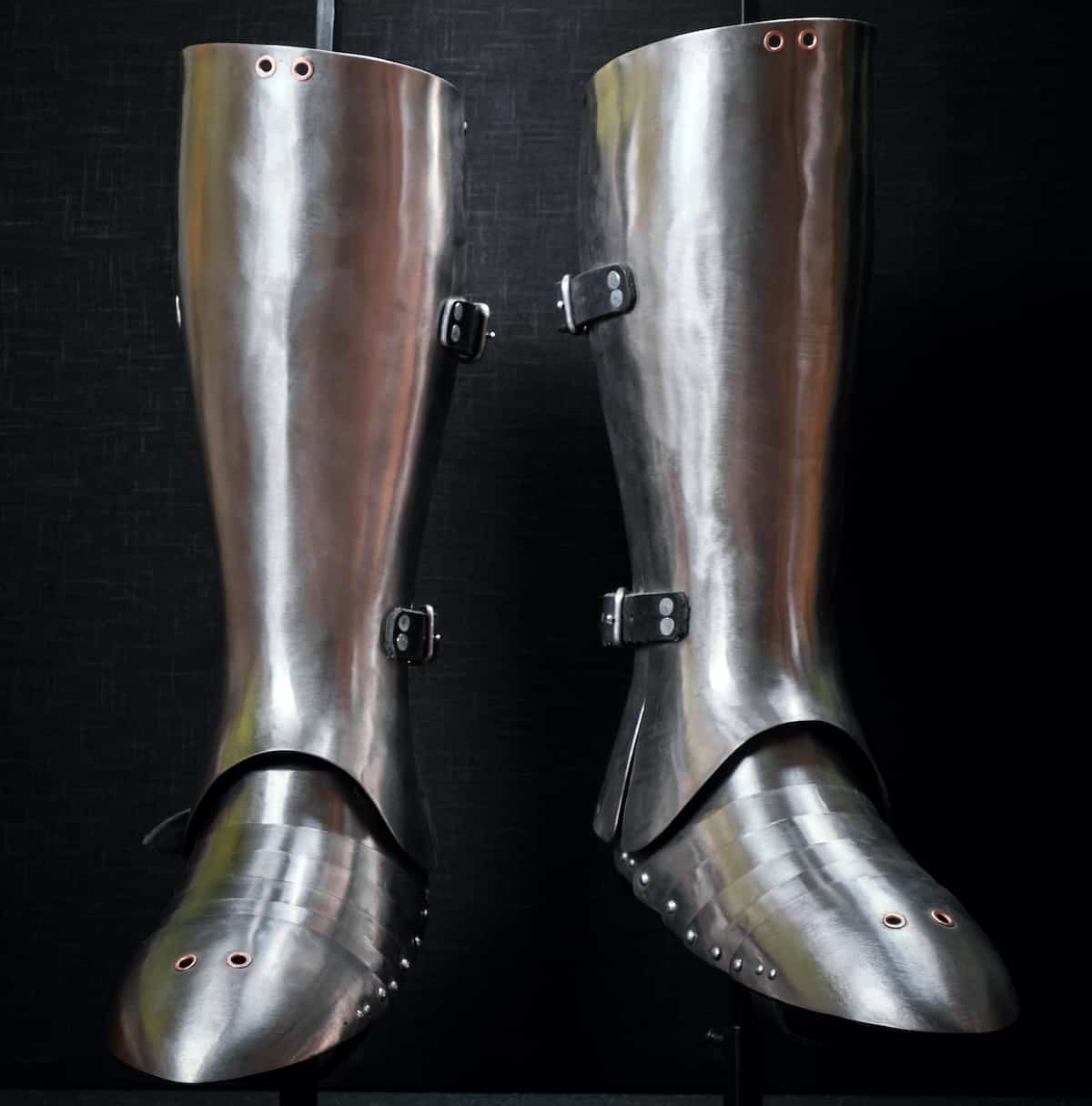 Leg Armor
Leg Armor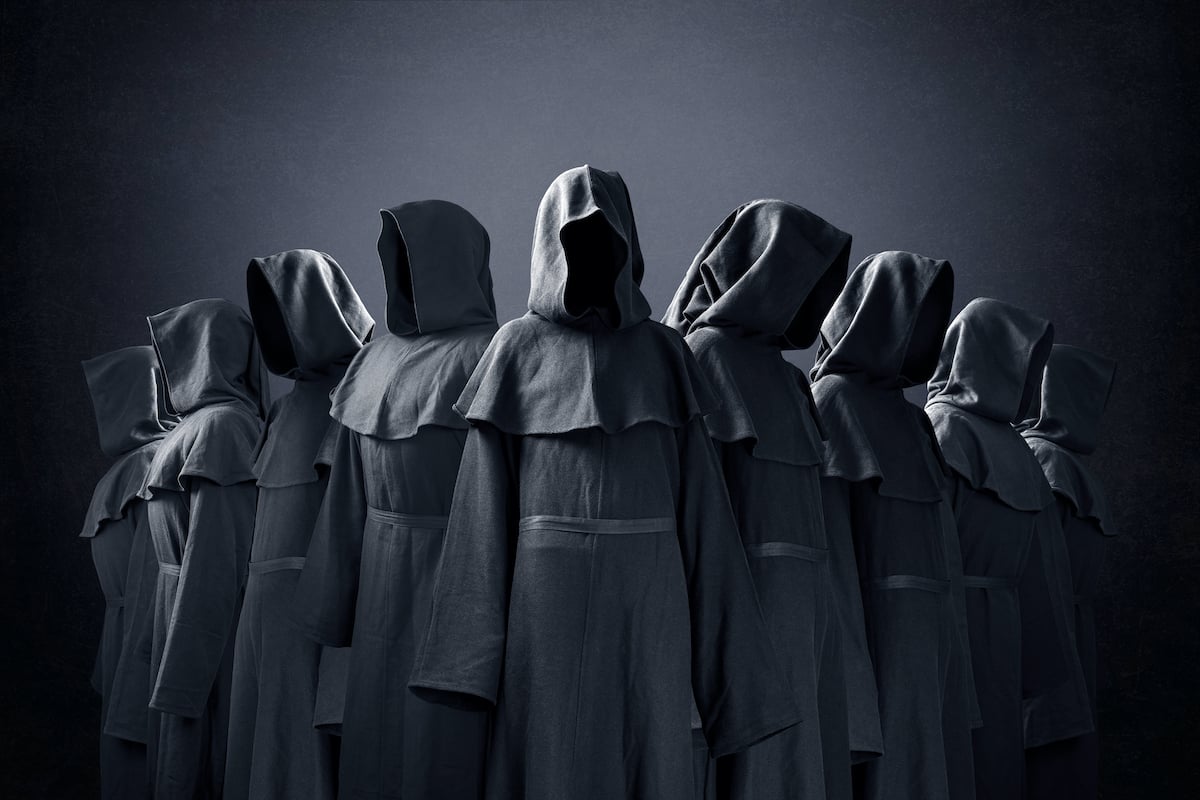 Cloaks
Cloaks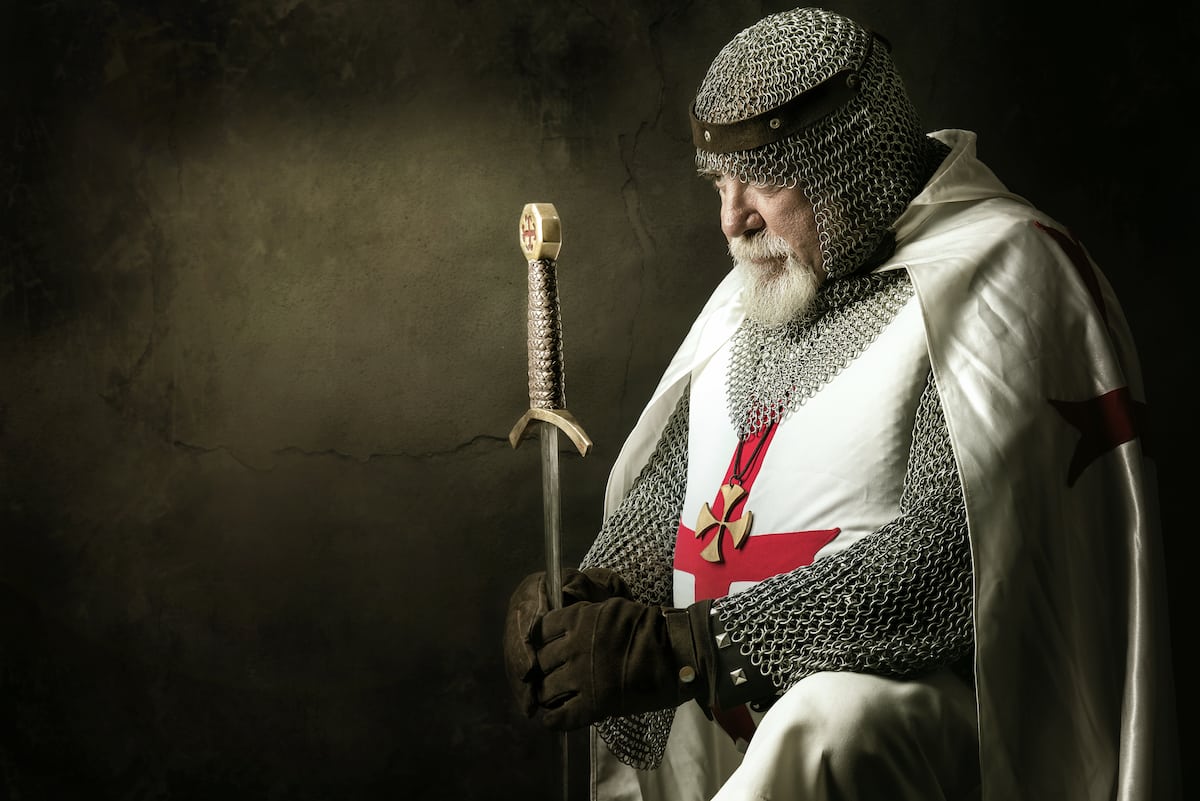 Tabards
Tabards Shirts
Shirts Tunics
Tunics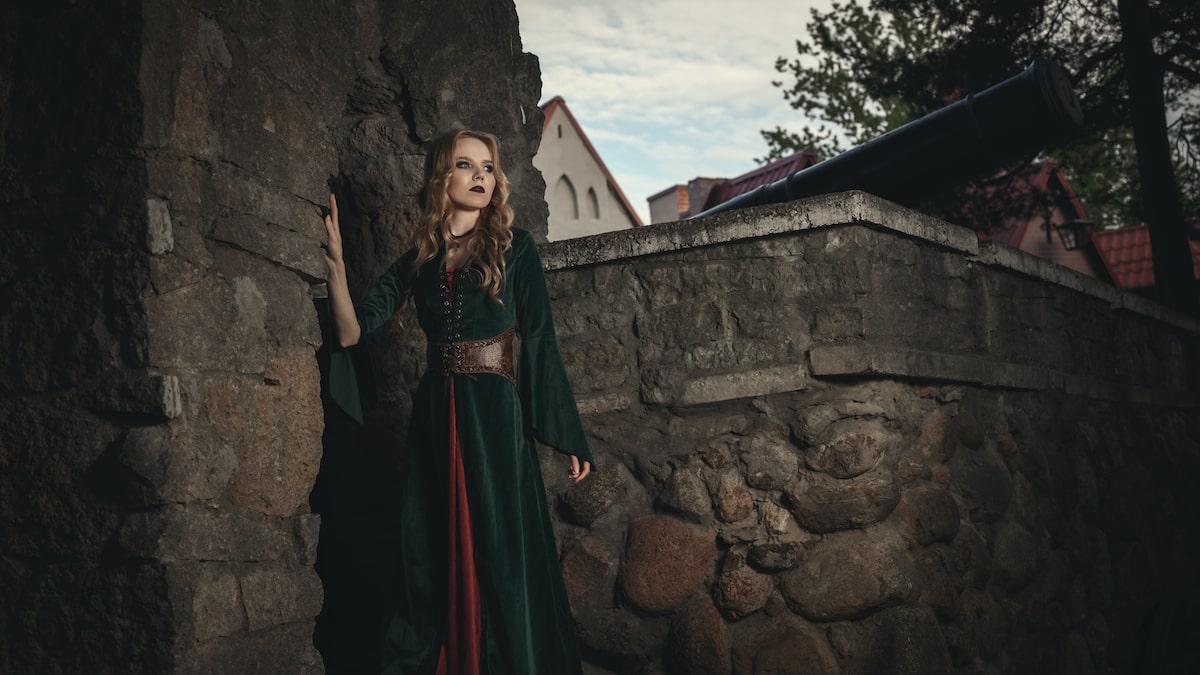 Dresses
Dresses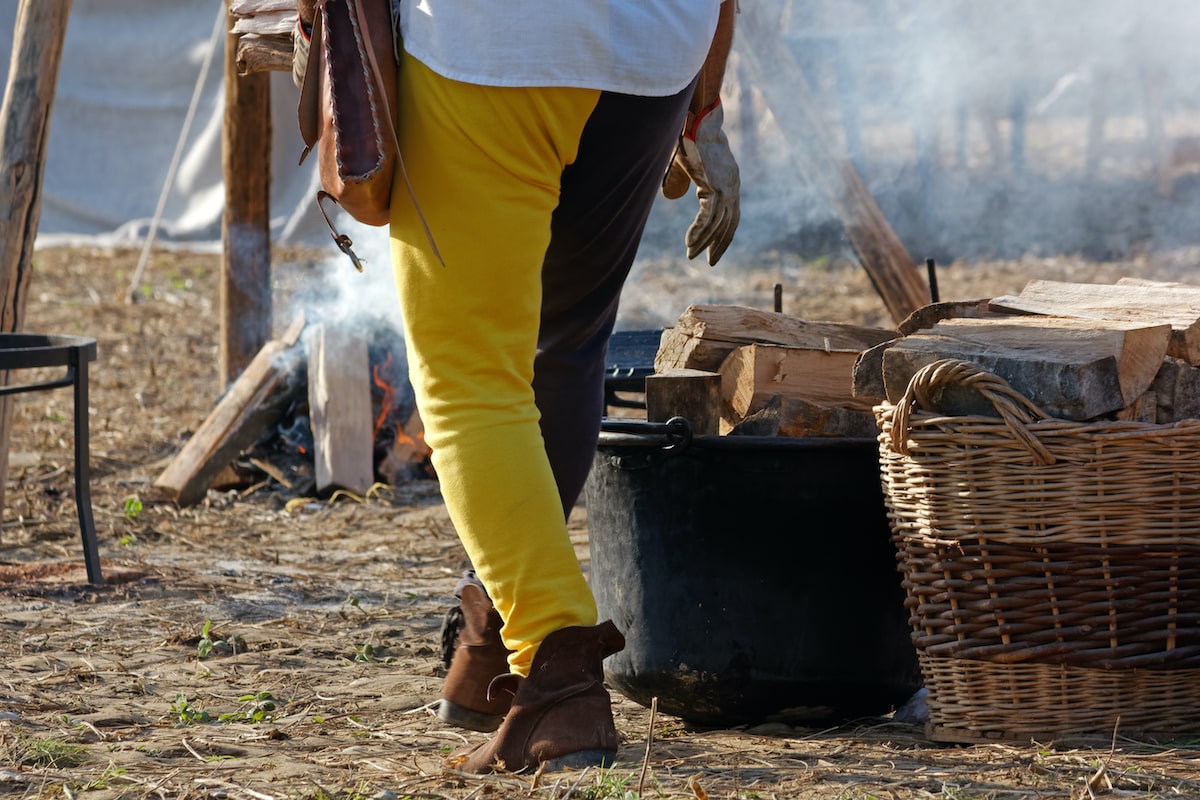 Pants
Pants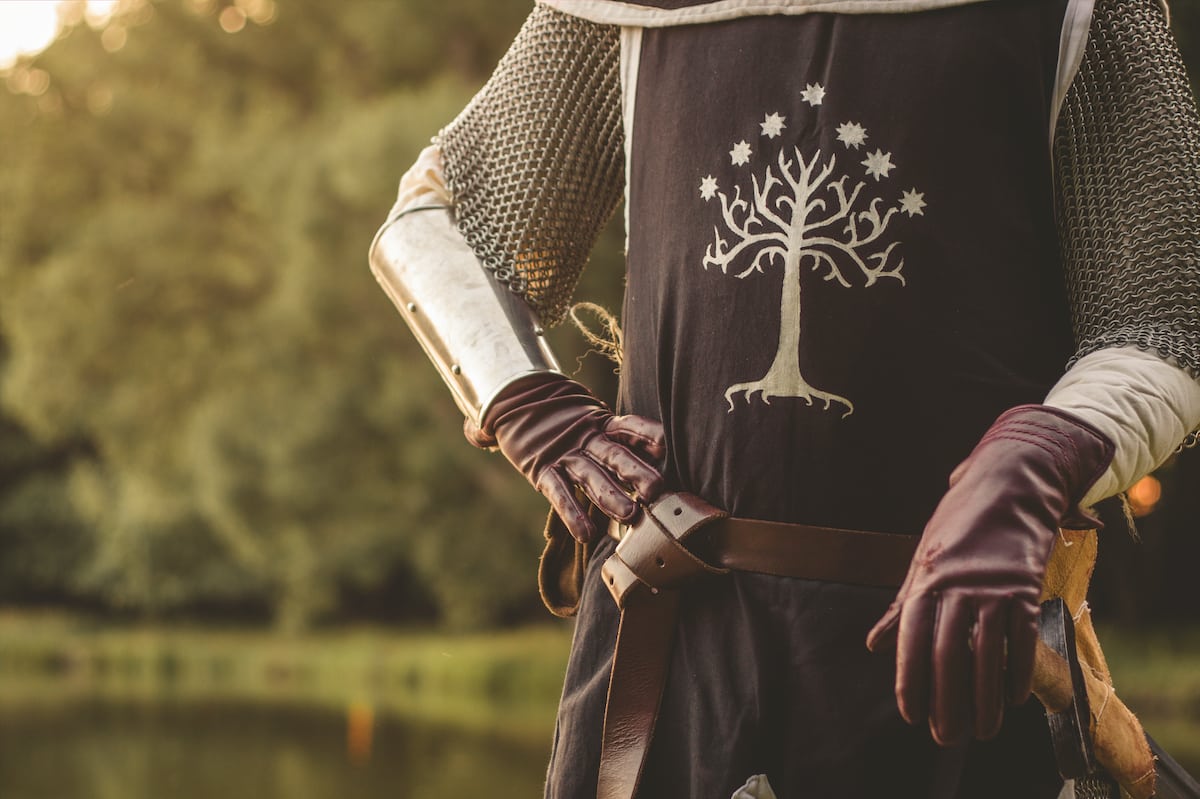 Gloves
Gloves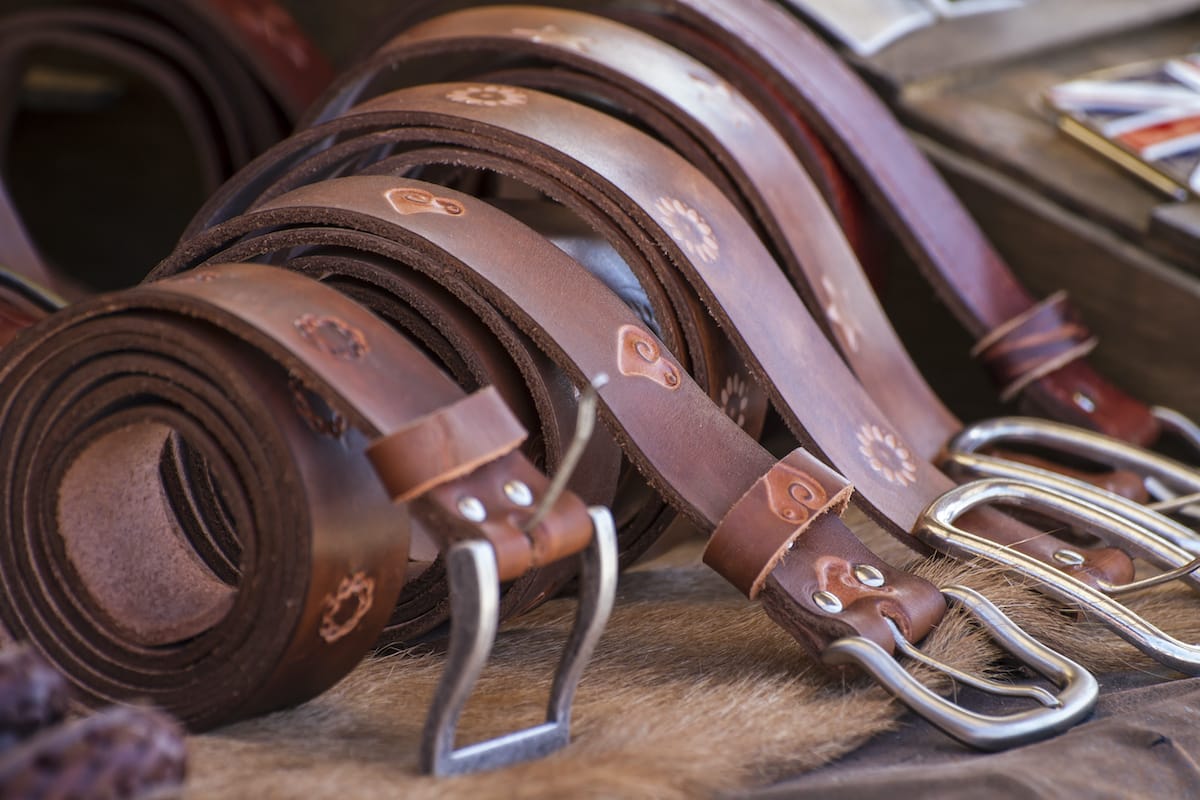 Belts
Belts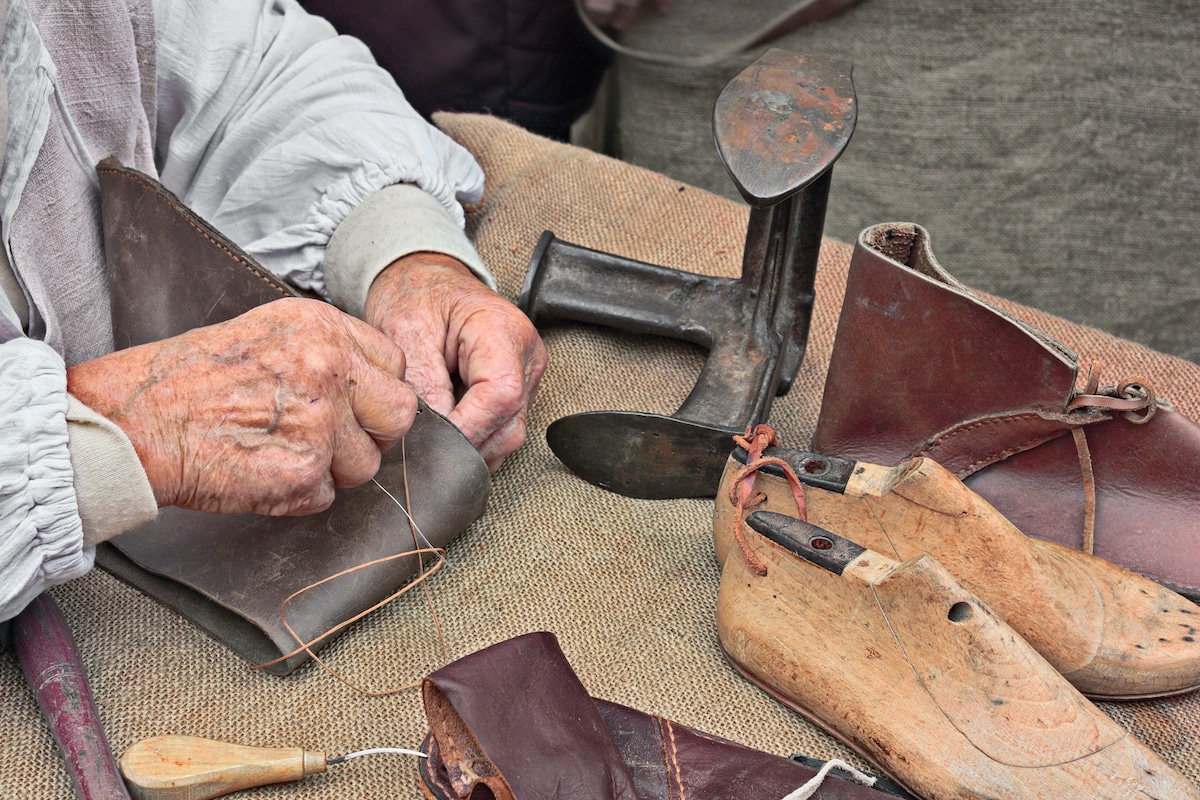 Shoes
Shoes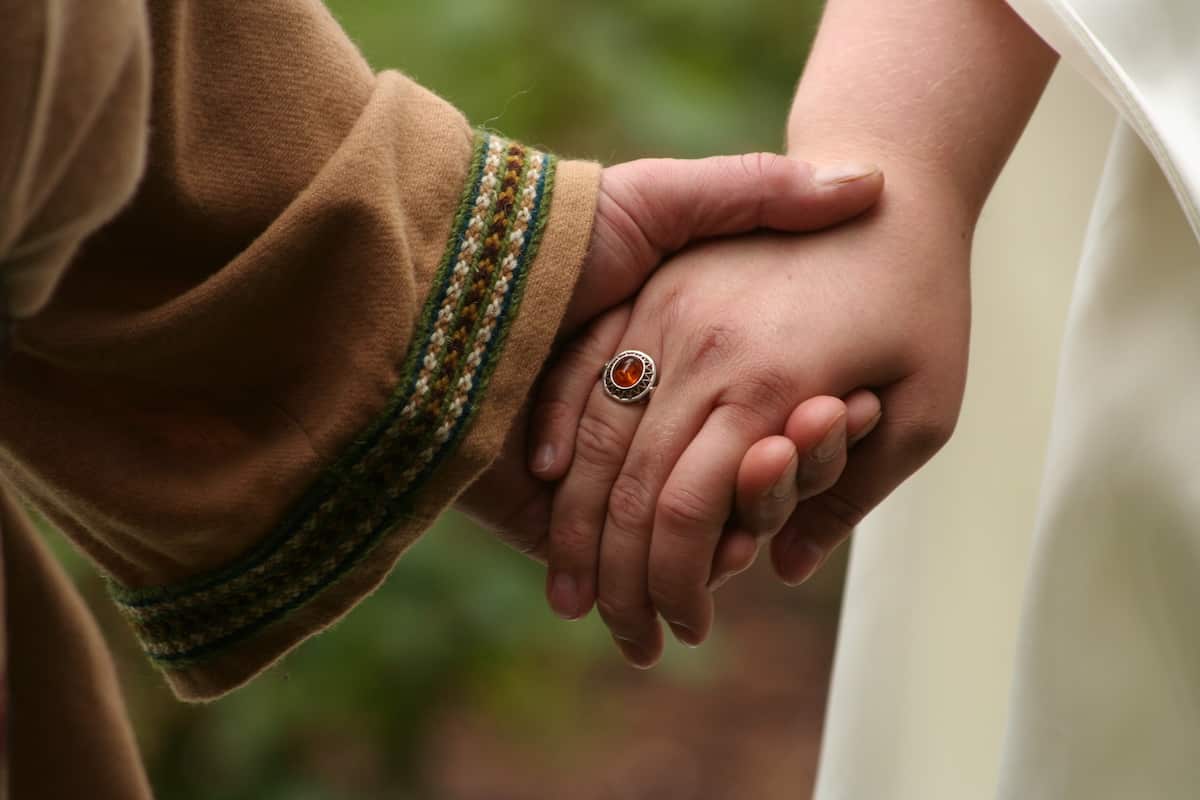 Rings
Rings Necklaces & Pendants
Necklaces & Pendants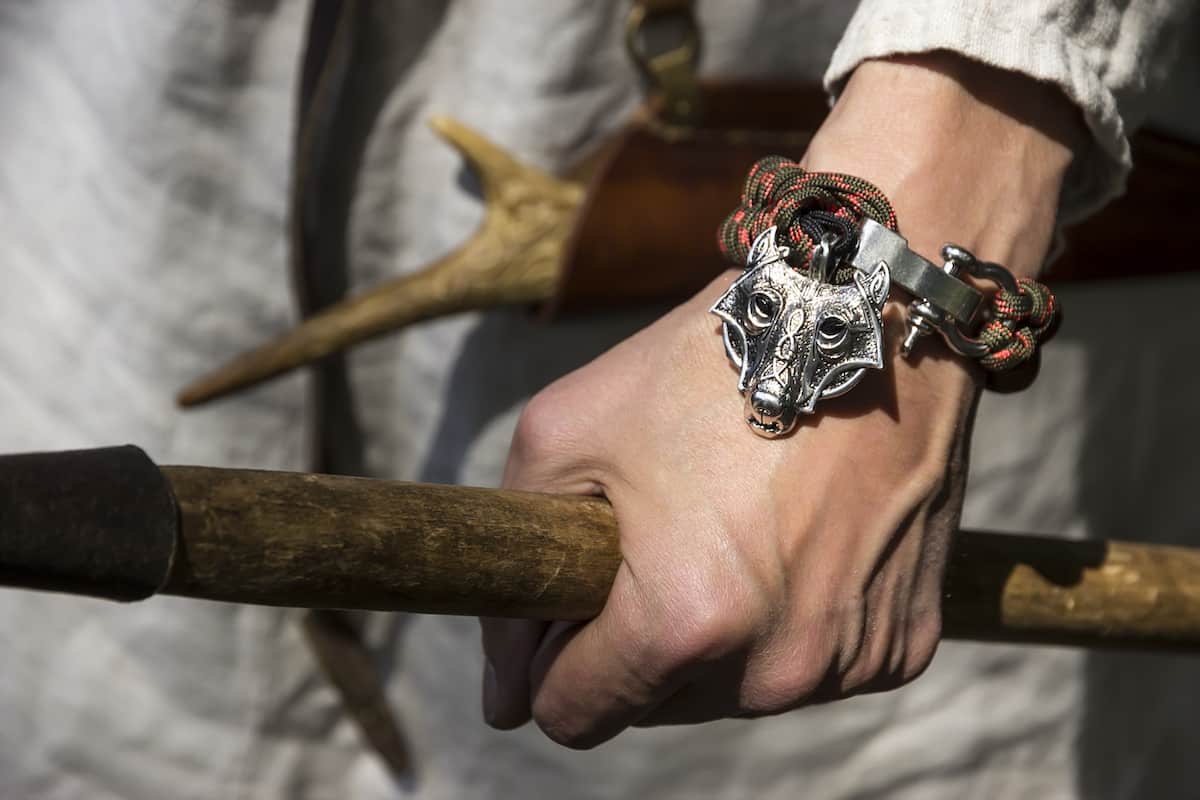 Bracelets
Bracelets


